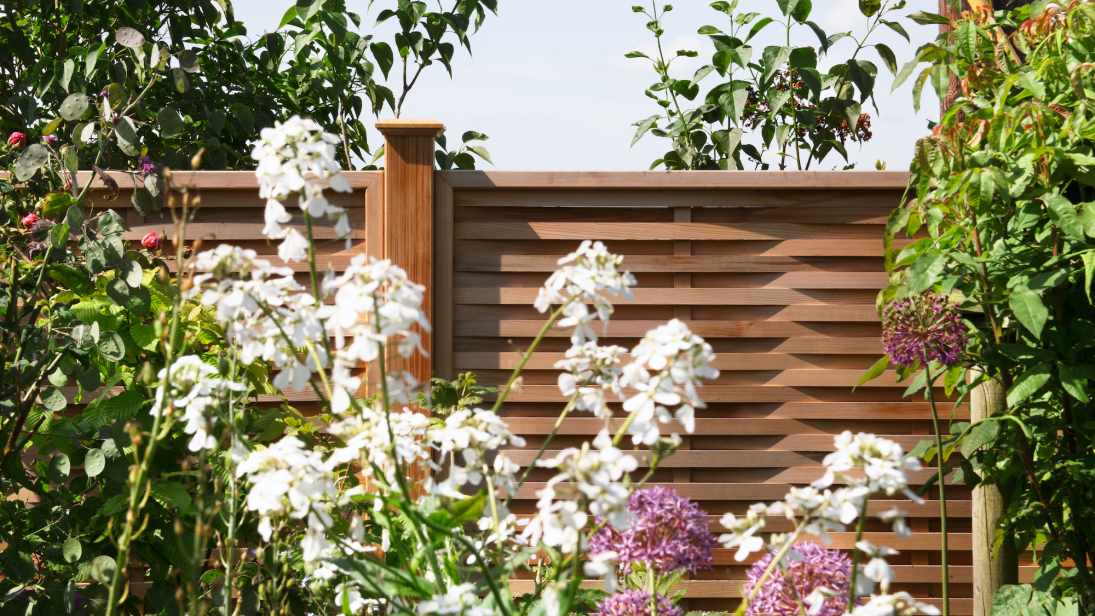All Categories
Featured

Among the most prominent alternatives, wood, plastic, and light weight aluminum each offer unique advantages and drawbacks. Right here's a failure of the pros and cons of these 3 common secure fencing materials.
Wood Fencing. Timber fencing has actually been an ageless option for house owners because of its all-natural charm and flexibility.
Pros:. Visual Appeal: Timber supplies a classic and warm appearance that matches a variety of building designs. Personalized: It can be painted, discolored, or reduce right into distinct styles to match personal choices. Cost-efficient: At first, wood fencing can be a cost effective alternative compared to other products. Eco-Friendly: Wood is a renewable energy and can be sustainably sourced. Disadvantages:. High Upkeep: Wood needs normal securing, staining, or paint to avoid rot, insect damages, and weathering. Toughness Issues: Without appropriate treatment, timber can warp, split, or decay with time, especially in areas with high moisture. Much shorter Lifespan: A timber fencing normally lasts 10-20 years, depending on the kind of wood and degree of upkeep. Timber is suitable for those that value a conventional appearance and want to dedicate to its maintenance.
Vinyl Fence. Vinyl is a contemporary, low-maintenance fencing choice that has actually expanded in appeal in recent years.

Pros:. Reduced Maintenance: Plastic does not call for painting, discoloration, or securing and can be easily cleaned up with soap and water. Climate Resistant: It holds up against severe weather without rotting, rusting, or bending. Resilient: Vinyl fences can last 20-30 years with minimal upkeep. Selection of Styles: Readily available in lots of shades, styles, and structures, some plastic options mimic the look of timber. Cons:. Higher Upfront Expense: Vinyl fencing can be much more pricey initially contrasted to timber. Brittleness in Winter: In extreme cold, plastic might split or become brittle. Restricted Repair works: Specific panels can be difficult to change, calling for careful matching to the existing fence. Vinyl is best matched for house owners looking for a sturdy, low-maintenance solution with modern-day aesthetic appeals.
Light Weight Aluminum Secure Fencing. Light weight aluminum secure fencing is a resilient and lightweight alternative, commonly picked for its contemporary look and flexibility.
Pros:. Rust-Resistant: Aluminum doesn't corrosion, making it an excellent option for wet or damp environments. Reduced Maintenance: Calls for very little maintenance and is easy to tidy. Durable: While light-weight, aluminum is solid enough to stand up to lots of environmental conditions. Long Life-span: Can last numerous years without significant wear or deterioration. Variety of Styles: Offers a classy and sleek look, often used for attractive or ornamental purposes. Disadvantages:. Higher Cost: The preliminary financial investment for aluminum fencing is more than wood or vinyl. Much Less Personal privacy: Aluminum fences are usually made with open pickets, making them less effective for privacy. Susceptible to Damages: Although long lasting, aluminum can be dented by solid impacts. Light weight aluminum is ideal for those seeking an elegant, durable alternative that calls for marginal care.
Making the Right Option. Each fence material-- aluminum, wood, and plastic-- offers unique benefits and drawbacks. Your choice ought to rely on your specific priorities, such as spending plan, upkeep choices, environment, and visual goals:
Pick wood if you like a conventional look and don't mind routine maintenance. Choose for vinyl if you want a low-maintenance, weather-resistant fence with modern-day charm. Select aluminum if you prioritize toughness, corrosion resistance, and a smooth style. By evaluating these benefits and drawbacks, you can pick a fence material that boosts your residential property while fulfilling your useful demands.
Latest Posts
Discover Why Chicago Drivers Prefer Montclare Auto Repair for Dependable Service and Significant Savings
Published May 24, 25
1 min read
Find the Greatest Auto Repair Deals in Montclare, Chicago
Published May 24, 25
1 min read
Picking the Right Roofing Shade: Influence On Power Performance
Published May 23, 25
1 min read
More
Latest Posts
Discover Why Chicago Drivers Prefer Montclare Auto Repair for Dependable Service and Significant Savings
Published May 24, 25
1 min read
Find the Greatest Auto Repair Deals in Montclare, Chicago
Published May 24, 25
1 min read
Picking the Right Roofing Shade: Influence On Power Performance
Published May 23, 25
1 min read